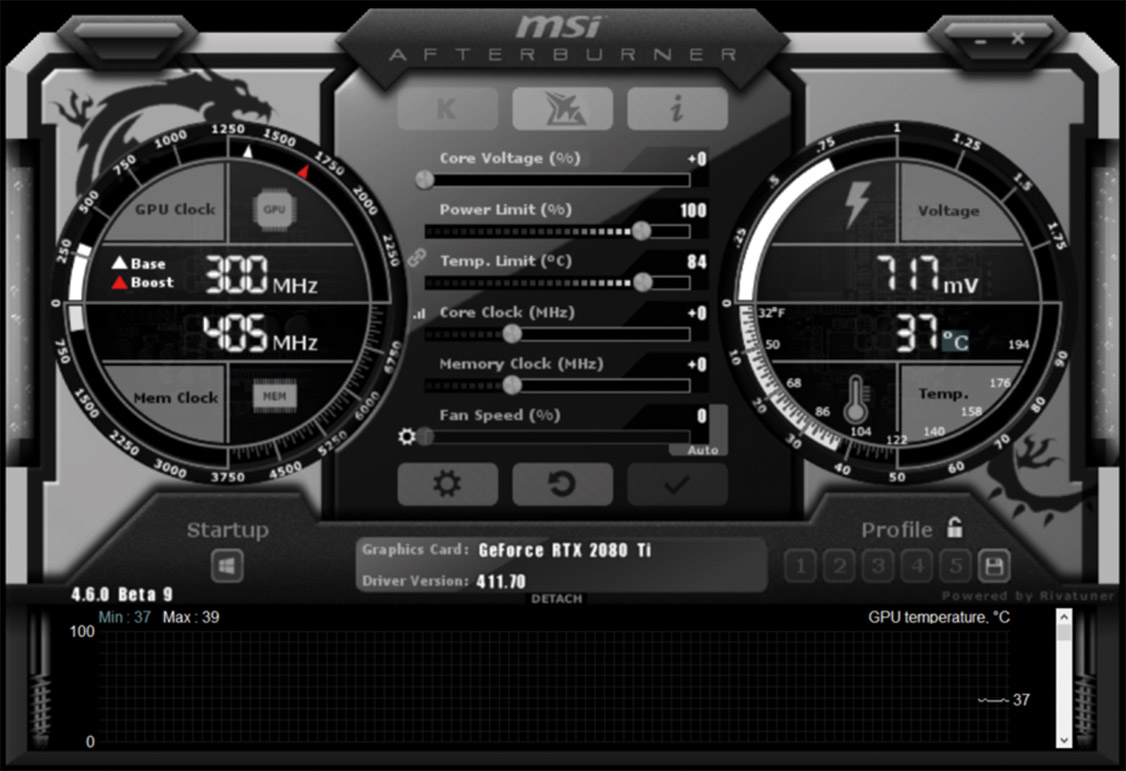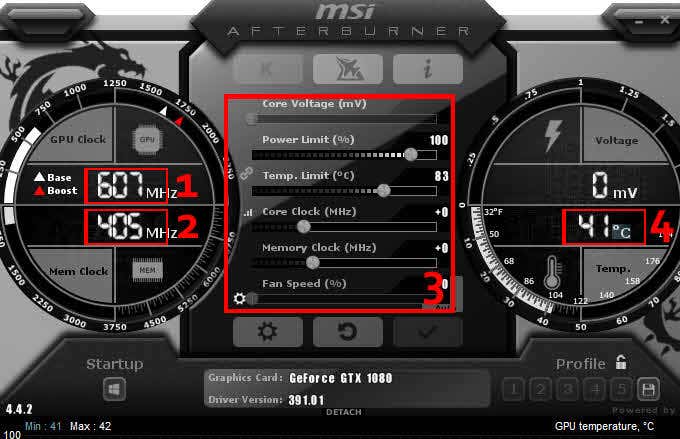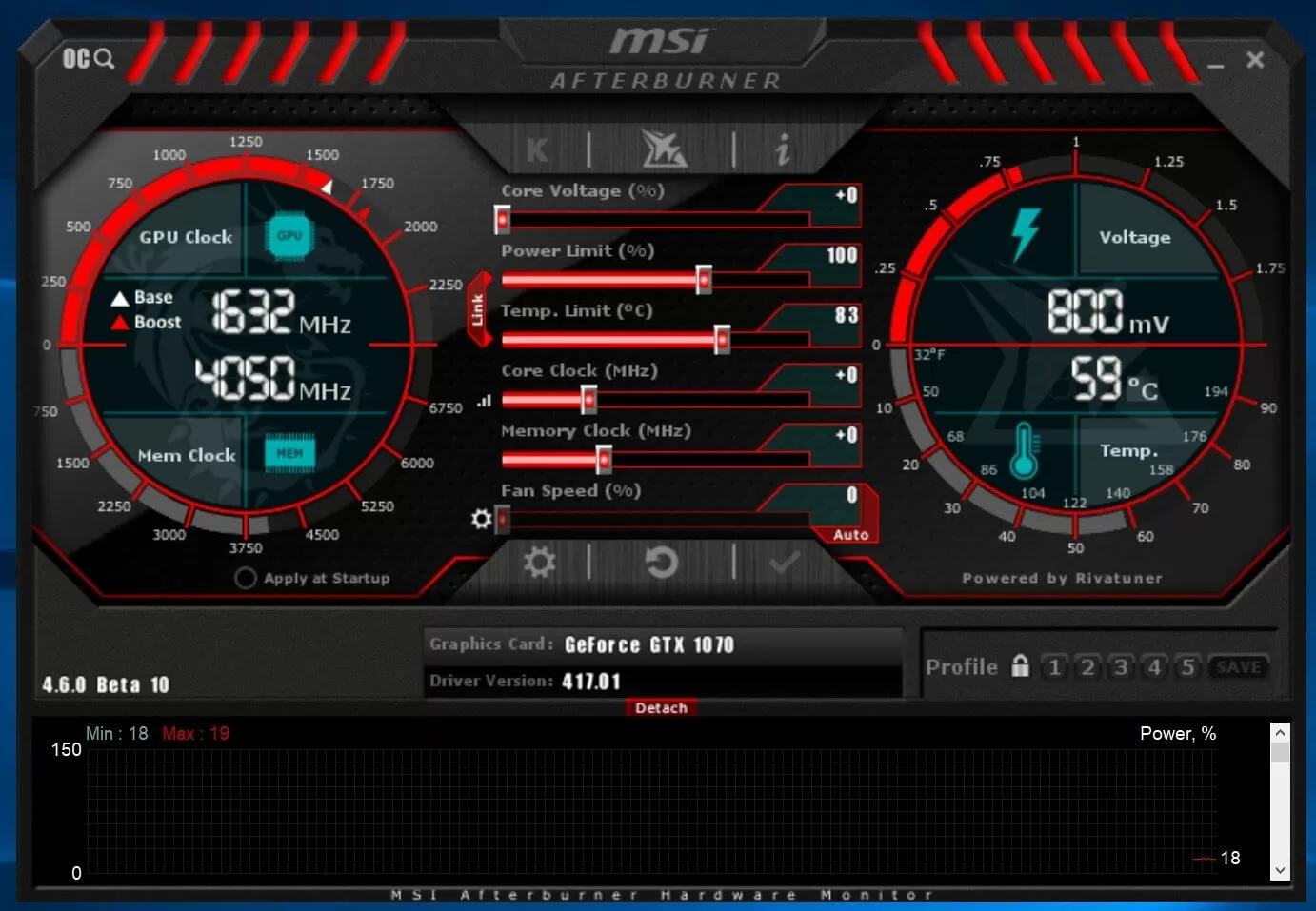
ASUS DUAL GTX 1660 SUPER EVO OC, on loan from ASUS.

T-FORCE 16GB DDR4 (2x8GB, dual channel at 3866 MHz), supplied by Team Group.EVGA Z370 FTW motherboard (Intel Z370 chipset, latest BIOS, PCIe 3.0/3.1 specification, CrossFire/SLI 8x+8x), supplied by EVGA.Intel Core i7-8700K (HyperThreading and Turbo boost is on to 4.8GHz for all cores Coffee Lake DX11 CPU graphics).The games, settings, and hardware are identical except for the cards being compared.īefore we run our benchmarks, let’s check out the full test configuration. Our testing platform is a recent install of Windows 10 64-bit Home Edition v1903, and we are using an i7-8700K which turbos all 6 cores to 4.8GHz, an EVGA Z370 FTW motherboard, and 16GB of XTREEM DDR4 at 3866MHz. We test 46 games and 3 synthetic benchmarks at 2560×1440 and at 1920×1080. Let’s check the performance results of 46 games with our games at factory-clocked and overclocked speeds using the EVGA GTX 1660 SUPER DUAL EVO OC and the ASUS GTX 1660 TI XC. We also added 800MHz to the GDDR6 memory overclock and the full details of our overclocking experience is here. We added 175MHz to the core to boost the EVGA GTX 1660 Ti XC’s clocks above 2050MHz. The GDDR6 is also highly overclockable as we were able to add +850MHz. We reached a final stable overclock close to 2100MHz by adding +165MHz to the ASUS DUAL GTX 1660 SUPER EVO OC core’s offset. The ASUS Dual GTX 1660 SUPER EVO Overclocking We found the new GTX 1660 SUPER performs within about 3% of the nearly fifty dollars more expensive Ti but we want to see if manually overclocking each card changes anything.


The GTX 1660 SUPER was recently released at the same $229 with significantly more performance than the original vanilla GTX 1660. This overclocking showdown is the follow-up to the ASUS Dual GTX 1660 SUPER EVO review where we are now focusing on its maximum overclocked performance versus the maximum overclocked EVGA GTX 1660 Ti XC. the GTX 1660 Ti – is the Ti worth its price premium? Overclocking Showdown with 46 Games – The GTX 1660 SUPER vs.


 0 kommentar(er)
0 kommentar(er)
